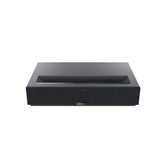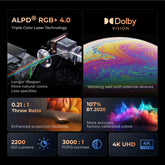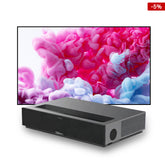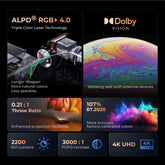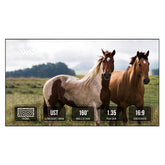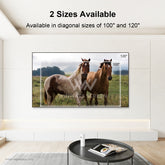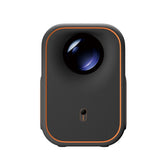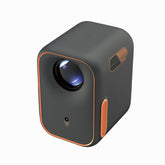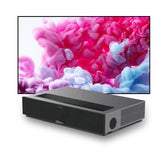Understanding the Differences Between Fresnel and Lenticular Screens
When it comes to screens used in projectors and displays, Fresnel and lenticular screens are two distinct technologies. This article aims to clarify the disparities between these screen types, helping you make an informed decision based on your specific requirements.
Fresnel Screen:
-
Design: A Fresnel screen features concentric ridges or grooves on its surface, which aid in directing and controlling the path of light.
-
Light Control: By utilizing the ridges, Fresnel screens effectively reflect and redirect light towards the viewer, enhancing image brightness and quality.
-
Viewing Angle: Fresnel screens typically offer a narrower viewing angle compared to lenticular screens. The optimal image quality is maintained within a limited range of angles directly in front of the screen.
-
Screen Gain: Fresnel screens usually possess higher screen gain, which means they reflect more light back to the viewer. This results in improved brightness and contrast.
Lenticular Screen:
-
Design: Lenticular screens consist of tiny lens-like structures on the surface, allowing precise control over the direction and distribution of light.
-
Light Diffusion: These lens-like structures enable lenticular screens to diffuse light more evenly, resulting in better image uniformity across a wider viewing angle.
-
Viewing Angle: Lenticular screens excel in providing wider viewing angles compared to Fresnel screens. They maintain good image quality even when viewed from off-center positions.
-
Screen Gain: Lenticular screens generally have lower screen gain than Fresnel screens. While they offer wider viewing angles and superior light diffusion, they may not provide the same level of brightness and contrast.
Conclusion: In conclusion, Fresnel and lenticular screens are distinct in terms of design and performance. Fresnel screens effectively control light direction, offer higher screen gain, and have narrower viewing angles. On the other hand, lenticular screens provide better light diffusion, wider viewing angles, and enhanced image uniformity. Consider your specific requirements, such as desired viewing angles, brightness levels, and image uniformity, when choosing between these two screen types.











